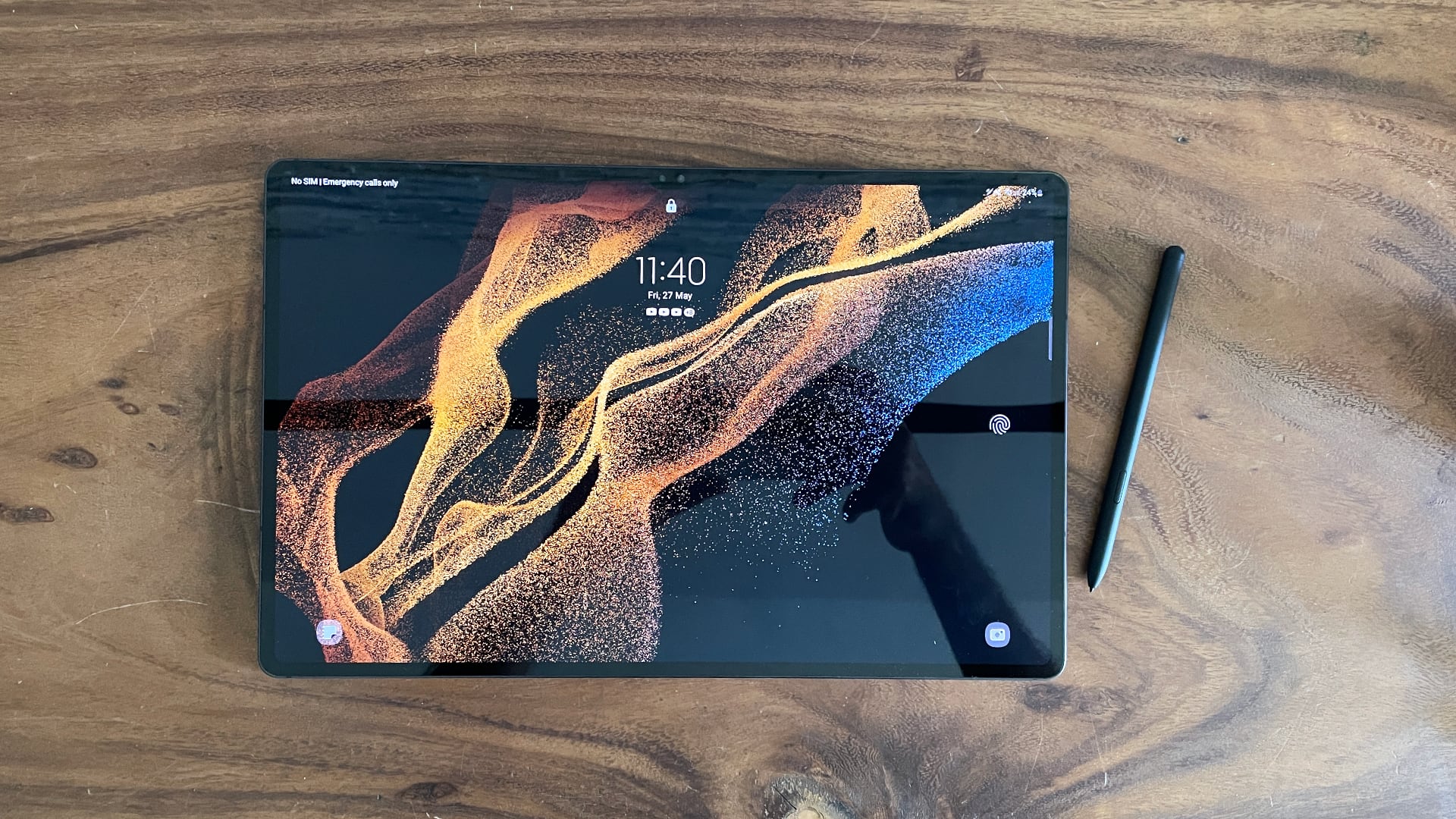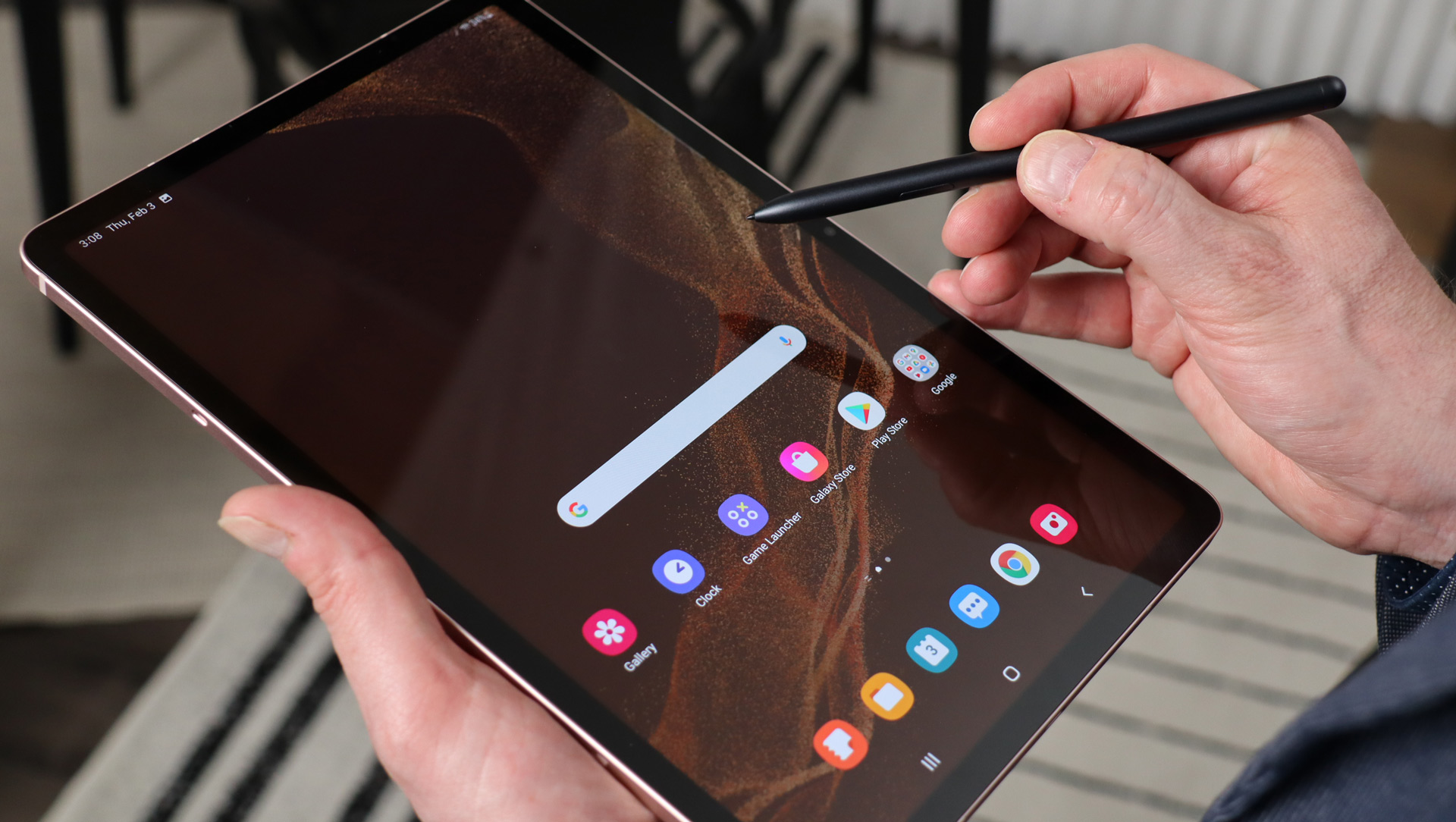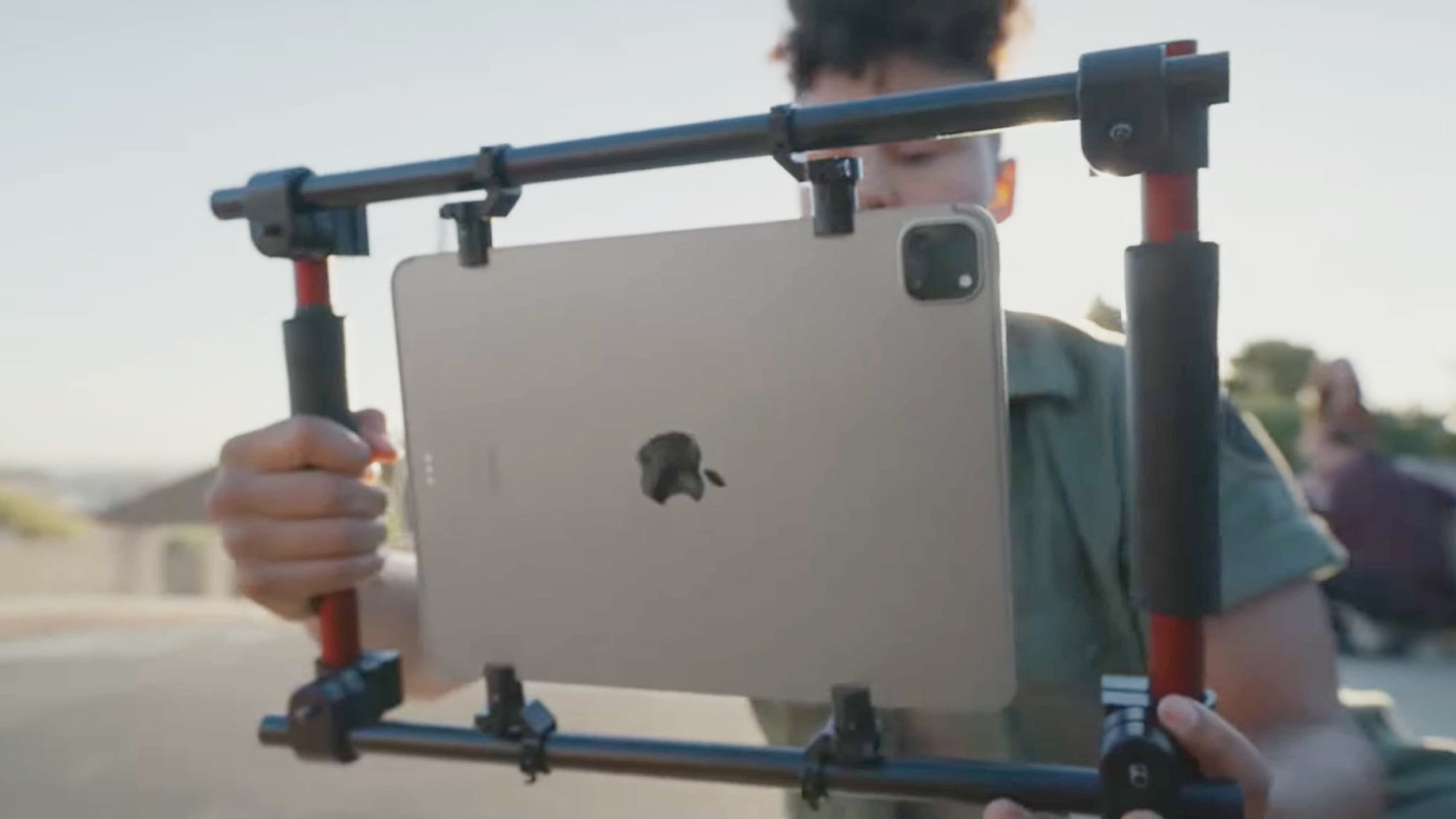Sorry, Samsung, the iPad is still the only tablet worth buying
Blame Android, not the Galaxy maker

I love tablets, even more than I love phones. The best tablets are inviting and friendly, with huge pictures and big swiping gestures. The best phones are fragile and culpable – you put a case on it because you know you’re going to break something.
With phones, every year I trade in my phone and buy the newest, coolest version. For more than a decade that’s been a Samsung Galaxy or an Apple iPhone. I go back and forth, because each offers benefits over the other, and they are both fun. With tablets, I bought an Apple iPad, because it’s the only tablet worth buying.

It’s not that Samsung doesn’t make great tablets. Apple just launched a new iPad Pro (2022), including a 12.9-inch model with an amazing Apple XDR display. It costs $1099 in the US. For $300 less, you can get a Samsung Galaxy Tab S8 Plus, with a screen around the same size but using OLED technology, which looks fantastic.
Samsung also includes a free pen, and it uses the same EMR technology you’ll find on professional-grade Wacom drawing tablets. Apple charges $129 for the Apple Pencil 2, and you need to charge it. Let’s pause there and ponder spending $129 for a pencil. With a battery that will eventually die.
That’s not even Samsung’s best tablet. It also makes a Galaxy Tab S8 Ultra, which is a 14.6-inch beast of a machine, and still cheaper than the new Apple iPad Pro 12.9-inch. Samsung’s tablet already runs multiple screens with a desktop mode, no need to wait for the next iPadOS update.
If Samsung Tabs are so good why aren’t they the best?
According to Strategy Analytics, Samsung is the #2 tablet maker, though its market share has been hovering just below 20% for years, versus Apple’s 38% share. With help from cheap tablets, Android is the largest tablet OS by far, but Apple sells more tablets than any other tablet maker, including Samsung.
So why isn’t Samsung winning? Why is the iPad the obvious choice for tablets? The newest, top-of-the-line iPad is more powerful than Samsung’s best, with a laptop-class Apple M2 chip inside, while Samsung uses a Qualcomm Snapdragon made for mobile platforms. The iPad has slightly better cameras, but there are no other big advantages.
Sign up for breaking news, reviews, opinion, top tech deals, and more.
On the other hand, Samsung’s Galaxy Tab S8 Plus is thinner and lighter than the 12.9-inch iPad Pro – a quarter pound lighter, in fact (or 115 grams). It charges faster. It has a memory card slot, which makes for a much smoother workflow moving large files back and forth. It’s a great tablet, much cheaper than Apple’s iPad, and it isn’t even Samsung’s biggest and best.
Android doesn’t care about tablets
The reason it isn’t the tablet to buy is because Android is not good on tablets. Android on a tablet looks like a phone that has been expanded, with no effort to fill the extra space. Icons look like remote islands floating in a wide sea. Popular apps look terrible on Android tablets, and it is clear that the tablet screen was an afterthought in development.
On a phone, Android is all about compact customization and efficiency. It is one-handed ease. You navigate with quick swipes from the sides, or buttons that disappear to save space.
None of that makes sense on a tablet. You never use a tablet one-handed. You don’t walk around with it. You have plenty of space to spare.

When I switch from a Samsung Galaxy to an iPhone, it’s because I’m tired of doing so much work for my phone, and I just want the system to take control. I’m not even going to bother making a home page screen. Maybe I’ll add a widget, but only because it looks good, not because it’s useful.
When I switch from an iPhone back to a Samsung Galaxy, it’s because I want to reclaim my organization. I want to customize the way my phone works so I can be more efficient and take ownership of my device.
I have never had that impulse with a tablet, because I’m not using my tablet when I’m in a rush. With the iPad, Apple’s ethos of letting the device do more so the user does less is the perfect philosophy. I’m already reluctant to do more work for my phone. Tablets have much more available space, and with Android that just means more work.
I’ve been an iPad person since way back
It also helps that Apple got a very, very early lead with tablets. The first Apple iPad showed up at the beginning of 2010, and went on sale in April of that year. Samsung put out its first tablet, the original Galaxy Tab, in September, but that was a very different beast.
The first Galaxy Tab was a 7-inch mini tablet, which was considerable when phones at that time, like the iPhone 4, only packed a 3.5-inch screen. Still, it was basically a big phone, and it did not catch on the way the iPhone did. Not with buyers, and especially not with app developers.
The reason tablets from Samsung and other Android makers didn’t catch on is because the experience they offer is not better than what you’ll get from an iPad. There are no outstanding features that you’ll find. Apps look worse, or at least more confused, on an Android tablet than on an iPad.

Maybe that will change soon. Google has sold its own tablets in the past under the Nexus brand, but those were sort of experimental partner projects with other manufacturers. Now Google is taking command and selling its first Pixel tablet. It has given us a few details – we know it will use the Tensor G2 chip found in the Pixel 7 phones – but we don’t know when it will go on sale.
We also don’t know if Google is doing anything to make Android better for its Pixel tablet. Tech enthusiasts generally label Pixel’s flavor of Android a “pure” or “clean” version (a label I find personally off-putting). Will that mean Google does nothing to help the Pixel tablet stand out?
What makes the iPad stand out? It doesn’t, not really. When I reach for my iPad, it isn’t because I prefer the iPad. It’s because I prefer doing the things I’m doing on an iPad. The iPad doesn’t stand out, it gets out of the way.
When all else is equal, the tie goes to Apple
On paper and in person the Galaxy Tab is just about as good as an Apple iPad. The specs are a tie. But in a toss up between two tablets, I’ll pick the one that has its own store down the street. I’ll pick the one that has the easiest service and support to deal with.
I’ll pick the one that looks the most like my phone, and in the US that means most owners will pick the one that looks like an iPhone.
I don’t think Samsung will ever win the tablet battle, because it already makes great tablets and has for years, but it still can’t beat Apple. The problem is Android, and the way Android just isn’t special or interesting on a tablet. Android gets in its own way when you enlarge it. It also gets in the way of the companies that build for it.

Starting more than 20 years ago at eTown.com. Philip Berne has written for Engadget, The Verge, PC Mag, Digital Trends, Slashgear, TechRadar, AndroidCentral, and was Editor-in-Chief of the sadly-defunct infoSync. Phil holds an entirely useful M.A. in Cultural Theory from Carnegie Mellon University. He sang in numerous college a cappella groups.
Phil did a stint at Samsung Mobile, leading reviews for the PR team and writing crisis communications until he left in 2017. He worked at an Apple Store near Boston, MA, at the height of iPod popularity. Phil is certified in Google AI Essentials. His passion is the democratizing power of mobile technology. Before AI came along he was totally sure the next big thing would be something we wear on our faces.